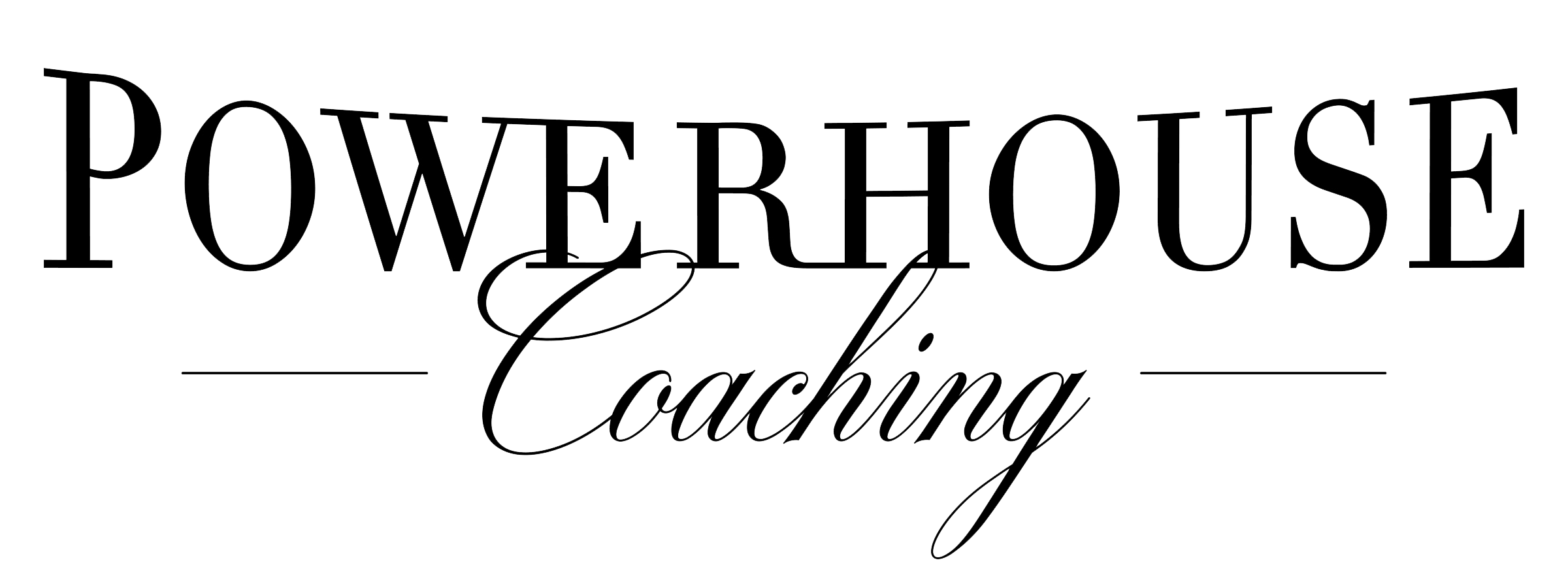“The emphasis will be on strength, not pathology; on challenge, not comfort; on self-differentiation, not herding.”
– Edwin Friedman
- Leadership empathy matters — but too much of it weakens
- Long-term survival requires strength in all its forms
-
Let leadership empathy be your style, and strength your goal
Go Deeper:
I recently wrote about how Cleverness Separates but Wisdom Unites, encouraging leaders to recognize cleverness (etymology: to cleave) when it shows up as arrogance, secrecy, siloing, critiquing, or contempt.
The higher good is the unity of wisdom — which requires patience, presence, respect for others, and a commitment to recognizing many forms of human value.
In that piece, I suggested that cleverness is often a form of fear, and that part of leadership is taking responsibility for regulating the anxiety that fear creates in our organizations. When people feel safe in healthy ways, they tend to become more inclusive, creative, honest, and resilient. They adapt more quickly and are willing to take risks.
That said, I don’t want to be misunderstood. I’m not recommending you lower all anxiety in your organization, but rather that you regulate it — like a thermostat — with full awareness of your impact. Yes, anxiety often needs to be dialed down. But not always.
Organizational safety should not be the goal — it’s the foundation. The base from which to build strength.
Imagine placing one arm firmly around someone’s back to support them while gently pressing from the front. They’re unlikely to fall. In fact, the more you challenge them, the more vital that sense of support becomes. That’s leadership empathy — and it only works when paired with strength.
The Misapplication of Empathy
Recent literature on leadership empathy is important and overdue. But we’ve all seen what happens when it’s applied without boundaries: underperformance is tolerated, people are placated rather than challenged, and fear shapes decision-making.
Leadership empathy is not useful when ethics are low. In those moments, clarity and consequences must come first.
People are ethical only when they are strong. Ethical decisions support long-term survival. My filter for ethics is simple: What is in the greater interest of the greater number of people over the longer term? And to be clear — becoming weaker is never in our best interest.
A leader recently came to me burned out. They’d been tolerating a destructive team member in the name of inclusion. Within weeks of letting that person go, morale improved, productivity rose, and their own leadership flourished. Yes, there were consequences — there always are. But that’s the nature of leadership. Choose what you want and then pay for it.
Strength With Warmth
A wise person does at the beginning what a fool does at the end. And most ethical decisions require courage. Often, the right way is “the hard way” — addressed face to face, with vulnerability and responsibility.
To lead well, we must cultivate strength: physical, mental, emotional, spiritual. Ethical choices are those that make us — and others — stronger.
When leadership empathy weakens you, your team, or your clients, you’re causing unintended harm. That said, strength should not become a contest. A wise leader tailors their approach, and what looks like a small step to one person may be a great act of courage for another.
My recommendation? Strength with warmth.
Strength without warmth is brutality.
Warmth without strength is impotence.
Leadership empathy, properly practiced, holds both.
I’ve found leaders get the best results when empathy is their style, but strength their goal. Keeping their arm around others as they challenge them to become more. Letting others feel both their humanity and their belief in their potential. You can do the same, whether it’s your first conversation, your weekly 1:1, or your last.
Questions to Consider:
- Where am I modeling strength — and where am I avoiding it?
- Will this decision make us stronger or weaker?
- Who is enabling weakness, even with the best intentions?
- What is the long-term impact of that?
- How does our orientation shape who we hire — and who stays?
- What am I rewarding?
- What am I tolerating?
- What kind of legacy do I want — and what am I willing to pay for it?

Connect with me on LinkedIn.


